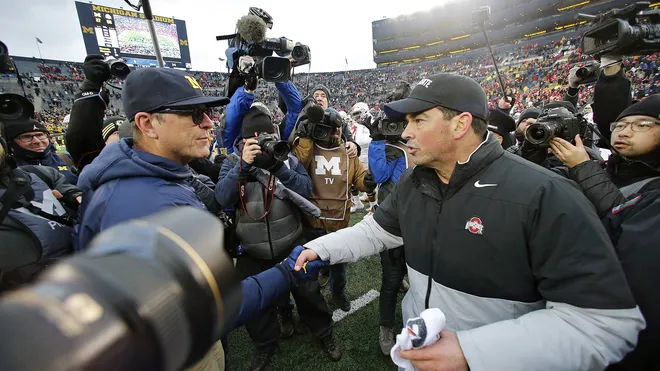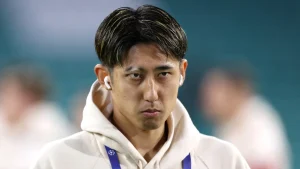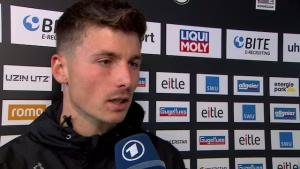
Michigan literally rescued me: Ohio photographer survives heart attack following Michigan-Ohio State game.

ANN ARBOR, MI – After the Wolverines triumphed over rival Ohio State on Nov. 25, tens of thousands of fans flooded Michigan Stadium. Amid the post-game chaos, freelance photographer Aaron Josefczyk from Cleveland managed to escape the crowds by sorting through his photos until the field cleared. However, as he walked down the stadium tunnel to retrieve a lens 30 minutes later, he experienced a sudden chest pain, shortness of breath, and an overwhelming heat.
Struggling up the tunnel hill, he sought help from two police officers, who quickly summoned paramedics. Josefczyk, as it turned out, was having a heart attack. Now, three weeks later, he is recovering at his Ohio home, grateful for the prompt care provided by the stadium medical staff and Michigan Medicine.
Recalling the incident, Josefczyk, a 54-year-old photographer who grew up in an Ohio State household and graduated from the university with a degree in photography, expressed gratitude for being in the right place at the right time. Despite his disbelief when paramedics informed him of the heart attack, Dr. Mark Lowell, the medical director at Michigan Stadium, emphasized that risk factors for coronary disease are often invisible, such as cholesterol levels and genetic predisposition.
Josefczyk was swiftly taken to the stadium’s medical station, where an EKG was conducted. The medical team arranged transportation to the University of Michigan Health Frankel Cardiovascular Center, alerting them that Josefczyk needed catheterization to restore blood flow to his heart. Timely care is crucial to limit muscle degradation in the heart, and ambulance drivers navigated through gameday congestion to ensure prompt treatment.
Dr. Michelle Feeney, an emergency medicine resident and an Ohio State graduate, was part of Josefczyk’s care team at the hospital. Despite the rivalry, her “Block O” pin reassured him of her support. Cardiologists later identified a 90% blockage in Josefczyk’s right coronary artery. Drs. Michael Grossman and Rayan Rachwan performed catheterization, inserting two stents to keep the vessel open.
Reflecting on the experience, Josefczyk praised the decisiveness and confidence of his care team, from the police officers to the emergency responders and cardiologists. Four days later, he left the hospital and has since focused on improving his nutrition and appreciating the outpouring of love from friends and family.
While the health scare hasn’t altered his professional detachment as a sports photographer, Josefczyk will always be thankful to the staff at Michigan Medicine. “They knew what to do, followed all their protocol, and got me back home,” he said.







